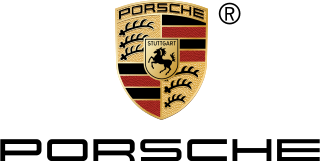
Dr. Ing. h.c. F. Porsche AG, usually shortened to Porsche, is a German automobile manufacturer specializing in high-performance sports cars, SUVs and sedans, headquartered in Stuttgart, Baden-Württemberg, Germany. The company is owned by Volkswagen AG, a controlling stake of which is owned by Porsche Automobil Holding SE. Porsche's current lineup includes the 718, 911, Panamera, Macan, Cayenne and Taycan.

The Porsche 356 is a sports car that was first produced by Austrian company Porsche Konstruktionen GesmbH (1948–1949), and then by German company Dr. Ing. h. c. F. Porsche GmbH (1950–1965). It was Porsche's first production automobile. Earlier cars designed by the Austrian company include Cisitalia Grand Prix race car, the Volkswagen Beetle, and Auto Union Grand Prix cars.

Volkswagen is a German automobile manufacturer headquartered in Wolfsburg, Lower Saxony, Germany. Founded in 1937 by the German Labour Front under the Nazi Party and revived into the global brand it is known as today post World War II by the British Army officer Ivan Hirst, it is known for the iconic Beetle and serves as the flagship brand of the Volkswagen Group, the largest automotive manufacturer by worldwide sales in 2016 and 2017. The group's biggest market is in China, which delivers 40 percent of its sales and profits. Its name is derived from the German-language terms Volk and Wagen, translating to "people's car" when combined.

The Porsche 914 or VW-Porsche 914 is a mid-engined sports car designed, manufactured and marketed collaboratively by Volkswagen and Porsche from 1969 until 1976. It was only available as a targa-topped two-seat roadster powered by either a flat-4 or flat-six engine.

The Volkswagen Beetle—officially the Volkswagen Type 1, is an economy car that was built by the German company Volkswagen (VW) from 1938 until 2003. It has a rear-engine design with a two-door body style and is intended for five occupants.

Ferdinand Porsche was a German-Bohemian automotive engineer and founder of the Porsche AG. He is best known for creating the first gasoline–electric hybrid vehicle (Lohner–Porsche), the Volkswagen Beetle, the Auto Union racing cars, the Mercedes-Benz SS/SSK, and several other important developments and Porsche automobiles.
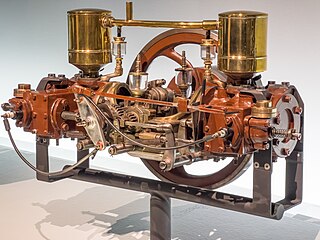
A flat engine is a piston engine where the cylinders are located on either side of a central crankshaft. Flat engines are also known as horizontally opposed engines, however this is distinct from the less common opposed-piston engine design, whereby each cylinder has two pistons sharing a central combustion chamber.

Ferdinand Anton Ernst Porsche, mainly known as Ferry Porsche, was an Austrian-German technical automobile designer and automaker-entrepreneur. He operated Porsche AG in Stuttgart, Germany. His father, Ferdinand Porsche Sr. was also a renowned automobile engineer and founder of Volkswagen and Porsche. His nephew, Ferdinand Piëch, was the longtime chairman of Volkswagen Group, and his son, Ferdinand Alexander Porsche, was involved in the design of the 911.

In automotive design, an RR, or rear-engine, rear-wheel-drive layout places both the engine and drive wheels at the rear of the vehicle. In contrast to the RMR layout, the center of mass of the engine is between the rear axle and the rear bumper. Although very common in transit buses and coaches due to the elimination of the drive shaft with low-floor buses, this layout has become increasingly rare in passenger cars.
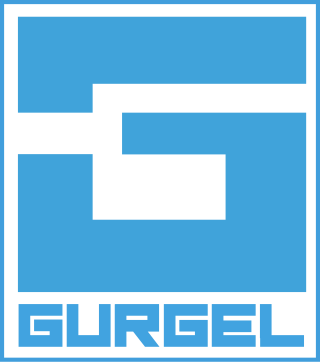
Gurgel Motores was a Brazilian automobile manufacturer, named after its founder João do Amaral Gurgel. The company was founded in 1969 and first specialised in buggies and off-road vehicles. Early models were fiberglass bodies installed on Volkswagen Beetle chassis and machinery, but VW bodies and chassis were later replaced by a unique solution made of Plasteel, which consists of fiberglass and steel joined, a system patented by Gurgel. Gurgel also introduced Brazil's first fully domestically designed and manufactured car, the BR-800.

Ferdinand Karl Piëch was an Austrian business magnate, engineer and executive who was the chairman of the executive board (Vorstandsvorsitzender) of Volkswagen Group in 1993–2002 and the chairman of the supervisory board (Aufsichtsratsvorsitzender) of Volkswagen Group in 2002–2015.
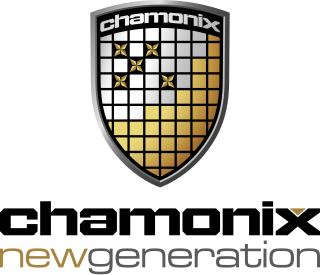
Chamonix NG Cars is a Brazilian automobile manufacturer based in São Paulo. Until about 2011 it was known as Chamonix Indústria e Comércio and located in Jarinu (SP). The "NG" in the company name stands for New Generation. The company was founded in 1981 by Milton Masteguin, formerly with Puma Cars as constructor of racing vehicles, and the US-American automotive engineer Chuck Beck.

The Porsche 356/1 was the first real car created by Ferdinand "Ferry" Porsche. This prototype car was a two-seater open roadster with a mid-mounted, air-cooled flat-4 engine of 1,131 cc displacement that produced 40 horsepower (30 kW). While the body was an original design, most of the mechanicals were derived from the Volkswagen Beetle which Ferry's father, Ferdinand Porsche, had designed.
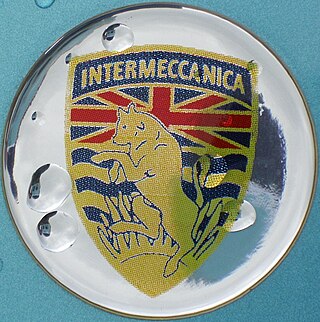
Intermeccanica is an automobile manufacturer, founded in Torino, Italy, in 1959 by Frank Reisner. It subsequently moved first to the United States, then to Canada, and is currently headed by Frank's son, Henry Reisner.

The Volkswagen Golf Mk1 is the first generation of a small family car manufactured and marketed by Volkswagen. It was noteworthy for signalling Volkswagen's shift of its major car lines from rear-wheel drive and rear-mounted air-cooled engines to front-wheel drive with front-mounted, water-cooled engines that were often transversely-mounted.
Fiberfab was an American automotive manufacturer established in 1964. Starting with accessories and body parts, they progressed to making kit cars and fully assembled automobiles. They became one of the longest lasting kit car manufacturers.

Kelmark Engineering was an American automotive specialty shop established in 1969 and based in Okemos, Michigan. It focused on high-performance custom V8 drivetrain swaps, the modification and production of rear and mid-engined cars, and custom-built turn-key automobiles. Until 1986, Kelmark Engineering manufactured kits and complete, finished, turn-key vehicles which were either Volkswagen-based or built on tubular race car-type frames. The outfit gained its name from Russ Keller and Randy Markham, the two co-creators who started the operation. Up until at least 1989, the Kelmark GT was still available as a kit albeit the manufacturer was Kelmark Motors in Holt, Michigan. The cars are all "rare" models, but the Volkswagen-powered Kelmark GT was the most popular.

The automotive industry in Germany is one of the largest employers in the world, with a labor force of over 857,336 (2016) working in the industry.
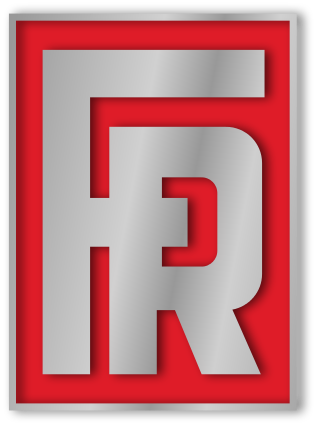
Karosserie Friedrich Rometsch, a German metallurgical-coachbuilding company based in Berlin-Halensee, manufactured, modified, and repaired coaches, trailers, bodies and chassis.

The Porsche 356/2, produced in Gmünd, Austria, was the first iteration of the Porsche 356 sports car. Produced between 1948 and 1951, the Porsche 356/2 was the first series production aluminum bodied sports car of Porsche after the creation of the 356-001 one-off prototype in Gmund Austria. It was built in limited numbers, making it a highly sought-after collector's item today.



















